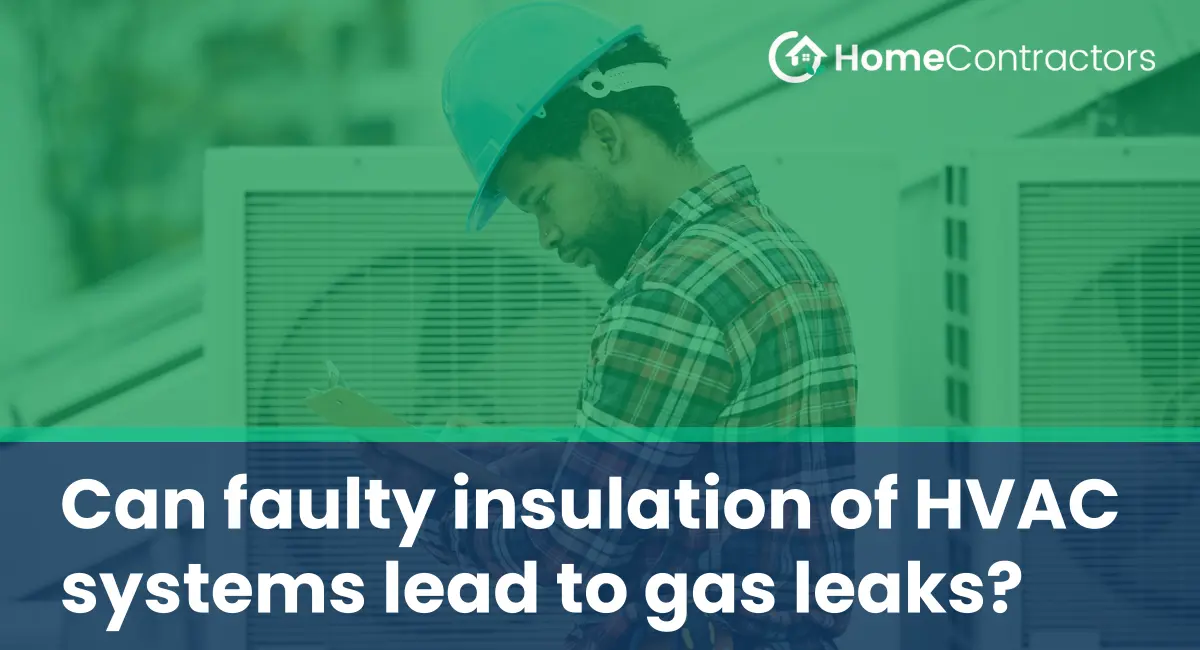Heating, ventilation, and air conditioning (HVAC) systems play a crucial role in maintaining comfortable indoor climates. However, faulty installation or maintenance practices can result in numerous problems, including gas leaks. This article aims to explore the relationship between faulty insulation of HVAC systems and the potential for gas leaks, highlighting the concerning implications and emphasizing the importance of regular inspection and proper installation.
Understanding HVAC System Insulation
Insulation is a critical component of HVAC systems as it helps maintain energy efficiency by minimizing heat transfer. It is typically applied to pipes, ducts, and other components to prevent the loss or gain of heat during the heating and cooling processes. Insulation materials commonly used in HVAC systems include fiberglass, foam, and reflective surfaces.
The Role of Insulation in Preventing Gas Leaks
1. Protecting gas lines:
Insulation acts as a protective barrier around gas lines within HVAC systems. It ensures that the pipes are shielded from external environmental conditions, reducing the risk of corrosion, cracks, or leaks.
2. Preventing condensation:
Proper insulation prevents the formation of condensation on cool surfaces of HVAC equipment. Condensation can lead to the buildup of excessive moisture, which may eventually seep into gas lines or cause corrosion, potentially leading to gas leaks.
3. Maintaining pressure differentials:
Insulation helps maintain proper pressure differentials by effectively containing temperature fluctuations. This is crucial for gas lines, which require consistent pressure to avoid leaks or ruptures.
The Dangers of Faulty Insulation on HVAC Systems
1. Degradation and deterioration:
Over time, insulation materials in HVAC systems can degrade, leading to gaps, cracks, or insulation breakdown. This can impair the protective qualities of the insulation, creating potential pathways for gas leaks.
2. Impact of external factors:
Faulty insulation coupled with external factors such as extreme temperatures, moisture, or improper installation practices greatly increase the risk of gas leaks. Moisture infiltration through damaged insulation can cause corrosion, leading to pipe failures and potential gas leaks.
Preventative Measures and Importance of Inspection
1. Regular maintenance:
Regular inspection and maintenance of HVAC systems are vital to address any potential insulation issues. This includes checking for signs of decay, damage, or inadequate coverage of insulation materials.
2. Proper installation:
Faulty insulation can often be attributed to improper installation practices. Therefore, it is crucial to ensure that HVAC systems are installed by licensed professionals who adhere to industry standards and guidelines.
3. Upgrading insulation:
Upgrading insulation in older HVAC systems can improve their overall efficiency and decrease the risk of gas leaks. Newer insulation materials or techniques may be more durable, resistant to damage, and better equipped to handle temperature fluctuations.
While insulation plays a crucial role in maintaining the efficiency and effectiveness of HVAC systems, faulty insulation can indeed lead to gas leaks. Proper installation, regular maintenance, and periodic inspection are vital to prevent any potential risk of gas leaks caused by degraded or damaged insulation. By prioritizing these measures, occupants can enjoy efficient and safe HVAC systems that effectively regulate indoor climates while minimizing the risk of gas leaks and associated dangers.
